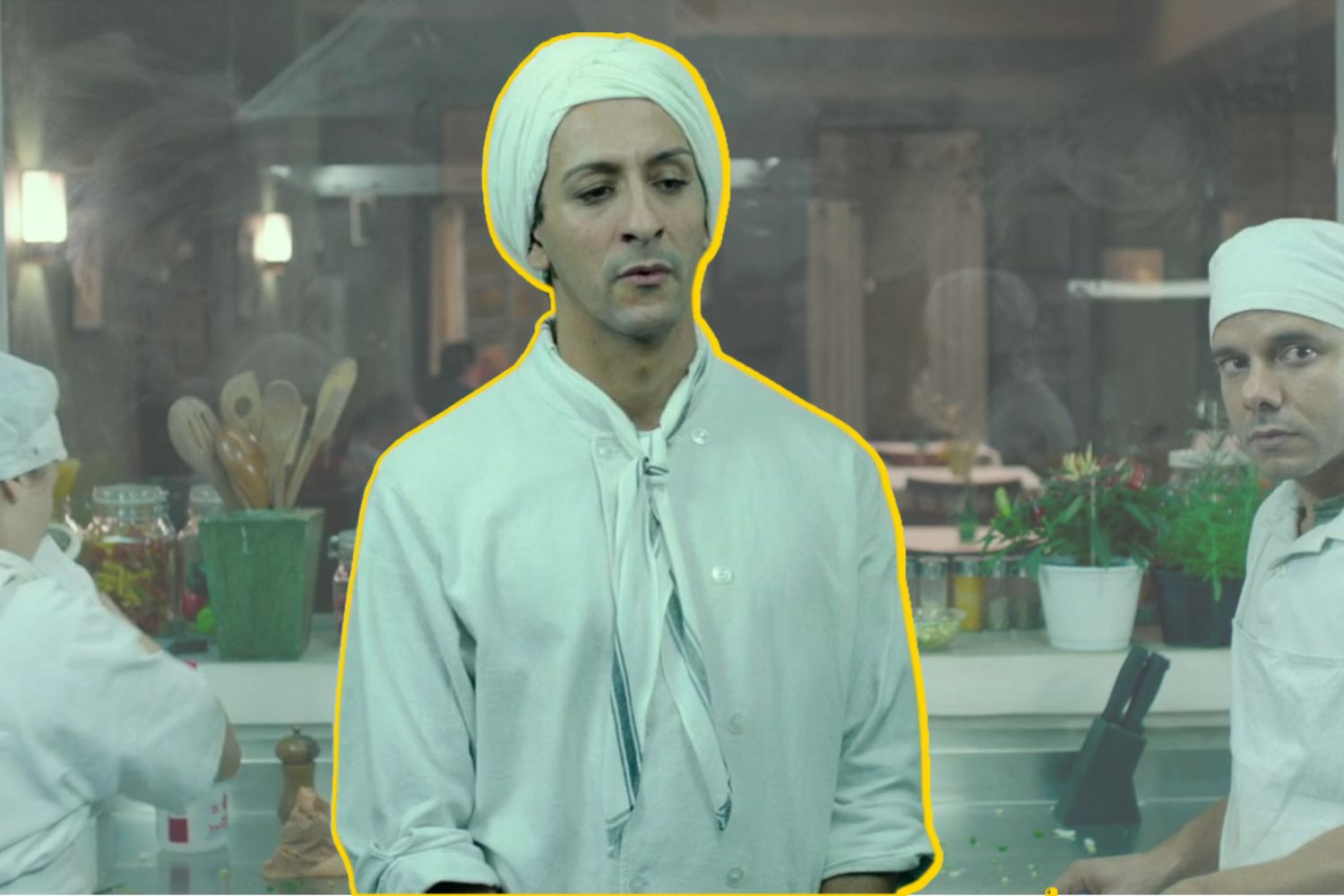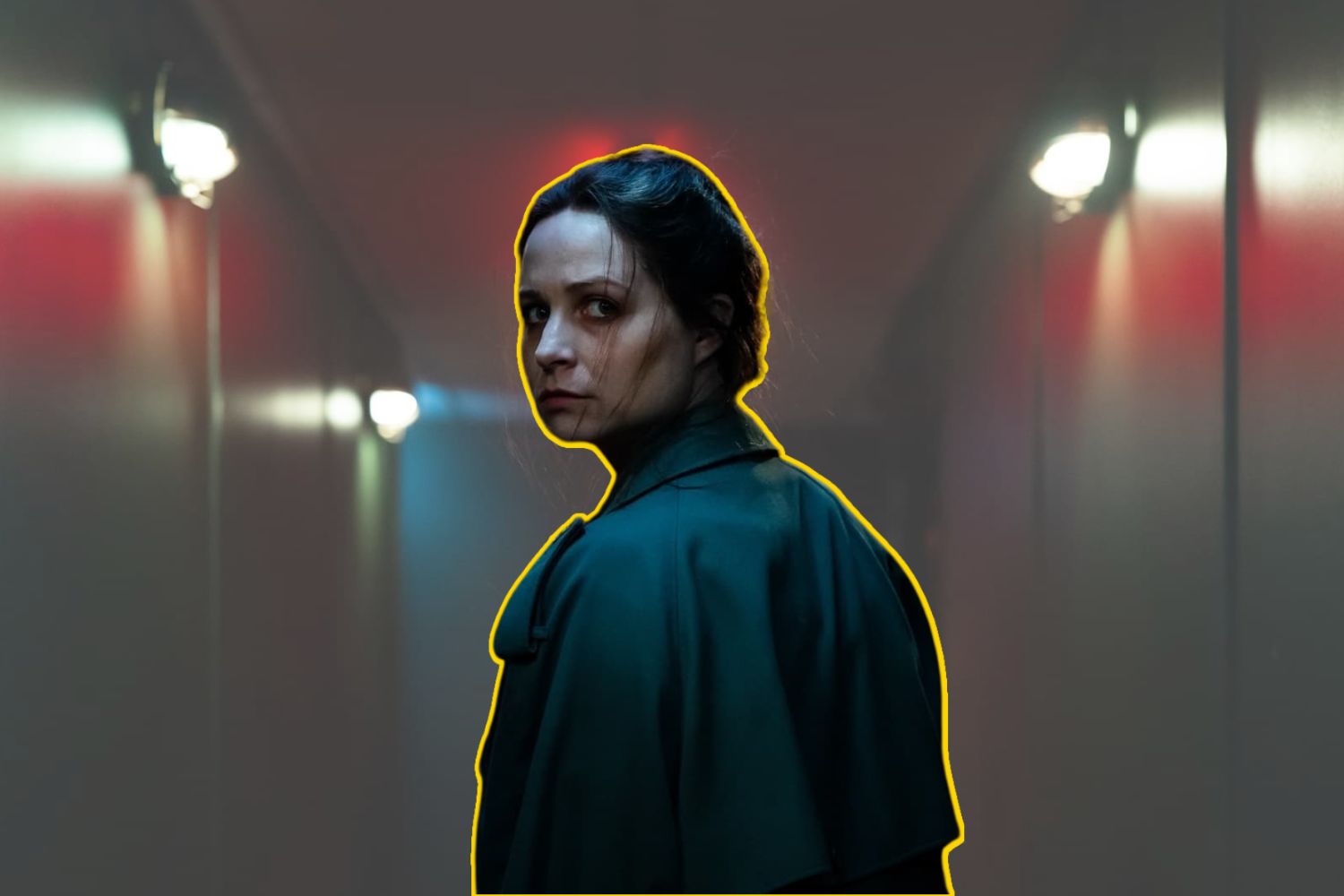Editorials
‘The Blackcoat’s Daughter’ Is a Fable for the Lonely
January 26th, 2024 | By Livia Reim

In the dead of winter, one can’t help but feel lonely. But what if loneliness stretches beyond the season? Osgood Perkins‘ debut project The Blackcoat’s Daughter – also known as February – poses questions about the depths of loneliness and the consequences of life devoid of connection, all through the lens of the possession film.
It begins with Katharine (Kiernan Shipka) dreaming of her parents dying in a car accident. We soon realize Katharine is very lonely. Besides Rose (Lucy Boynton), with whom she is stranded during Bramford Academy’s winter break, she never talks to other students. The only person she has a relationship with is her teacher, Father Brian (Greg Ellwand), who has just announced he’ll not attend Katharine’s end-of-semester performance.
Become a Free Member on Patreon to Receive Our Weekly Newsletter
As her parents fail to show up, a quiet despair takes her over. No parents, no Father Brian, no friends.
While isolation can cause loneliness, it has been proven that one can feel lonely while surrounded by many. Social connectedness goes beyond talking to others. It requires three vital components to happen: structure, function, and quality. Meaning, it’s not enough to be around people if you can’t talk to, confide in, and rely on them.
Of course, loneliness is subjective, and one might feel deeper than the other. However, studies have shown that it’s not necessarily the intensity of the feeling but rather the length of time someone feels lonely that has an effect on their bodies and minds.
Next, we’re introduced to Rose. She’s not the most popular, but she has friends with whom she talks about trivial life but also important things, like her suspicions of being pregnant. Unlike Katherine, whose parents remain missing, Rose deliberately tells hers to come a day later so she has time to talk to her boyfriend (Peter J. Gray).
When alone, Rose tells Katherine a rumor about the nuns who are taking care of them actually being devil worshipers. Katherine’s baffled, and Rose uses that to scare her off from telling the Sisters about her sneaking out. Katherine tries to convince Rose to stay, but she goes anyway.
That is the last straw for Katherine. After a long time searching for a connection, she breaks down and accepts the company of a much more insidious friend.
Later, Rose finds Katherine in the boiler room, worshiping the fire. Rose takes her back to the dorms and attempts to appease the girl. Katherine is not interested. Rose should have stayed, but she didn’t, and both girls will have to deal with the consequences.
Katherine’s behavior becomes strange; she contorts in her sleep, and the next morning, during breakfast, she turns verbally aggressive and vomits on the table.
In the movie, the effects of loneliness are shown as signs of possession, but in real life, they can present as anxiety, depression, destructive or even criminal behavior. Loneliness has also been shown to have a physiological effect.
Some studies believe that a person who feels connected to their community has a significant increase in the odds of survival, while a lonely person is more likely to develop bad health habits or simply feel the effects of social ostracism in their body, increasing their risk of premature death.
They then receive a call from the principal (Peter James Haworth), saying an emergency has happened and that he’ll be coming in. Rose is sent to clean the snow from the driveway, and then the story takes a turn.
But before venturing further into Rose’s story, we must talk about Joan (Emma Roberts).
When lingering at a bus stop, she’s approached by Bill (James Remar), who offers a ride. Joan hesitates, but when he says he’s heading toward Bramford, she accepts. Bill’s wife, Linda (Lauren Holly), is not fond of taking Joan in, and after they stop at a hotel, we learn why.
First, we watch as Joan is haunted by flashbacks from a mental institution and what seems to be a memory of her being shot. Later, Bill comes to check in on her and reveals he picked her up because she reminded him of his late daughter.
This is the moment where the film most explicitly lays out its themes.
While Katherine explores the destruction loneliness causes, Bill shows how to transform pain into kindness, even if it serves as a denial of reality. Meanwhile, Linda is withdrawn, preferring to feel the pain and respect her daughter’s memory, overfeeding herself with grief.
Bill then shows Joan a picture of his daughter. Surprisingly, Rose is in the picture. Joan excuses herself to the toilet and maniacally laughs. After a brief flashback of a woman being choked, we realize Joan’s not who she claims to be and that she’s dangerous.
As the trio goes on their journey, we’re shown Katherine’s perspective. On the night she dreamed about her parents, a mysterious creature began to follow her.
All of the previous scenes are reframed to show a horned dark figure looming nearby. It stands in the shadows as Katherine talks to Father Brian, during her performance, and when Rose finds her in the boiler room. All along, she had been followed by this creature and, strangely, became attached to it. So attached that, on the night Rose goes out, Katherine receives a call from it, commanding her to kill her schoolmate and the nuns.
While many who feel lonely will be victims of violence, some might go the opposite direction. Factors such as neglect, bullying, and emotional uncertainty create a high-pressure environment where risk-taking behavior becomes not only acceptable but might be perceived as the only solution to someone desperate to escape.
Katherine had a stressful existence. Sent away to an isolated school, surrounded by people who either mock or ignore her completely. And even when she’s convinced of her parents’ deaths and reaches out for friendship and comfort, all she gets is dismissal. With no one else to turn to, Katherine turns to the only one who has stuck around. The creature. A representation of her fears, insecurities, and violent feelings.
We then witness Katherine’s killing spree. In contrast to the mostly contained film, the violence is intense. We watch as she repeatedly stabs the nuns, a void look in her eyes. Things get more manic when Rose – after cleaning the snow – goes back into the building and is surprised by a knife-wielding Katherine.
She tries to escape, but it’s too late, and we watch Katharine grab Rose by the hair and prepare to slice her head off.
Eventually, the principal arrives with a police officer – perhaps to share the news of Katherine’s parents’ accident, though it’s never explained – and they find the horrific scene. Then, the memory of Joan being shot plays out, but this time, we see Joan is actually Katherine, just older.
Later, as Katherine recovers in the hospital, Father Brian exorcizes her. However, instead of being relieved, Katherine pleads with the demon for it to stay. But it’s already gone.
Back in the present, where Bill and Linda unknowingly give a ride to their daughter’s murderer, Joan-slash-Katherine brutally attacks them. After beheading the couple, she puts their heads in a suitcase and puts some makeup on before making her way to Bramford Academy, now abandoned.
While the first killings are intense, there’s something more brutal about the deaths of Bill and Linda. The first time around, Katherine was not only in a high-stress situation, she was also possessed. Meanwhile, everything about the second murders was deliberate. She lied about her identity; she took the knife from the restaurant and lied about being sick so they’d stop the car. All with the intention of bringing the creature back. No one else was in control but her.
So when she goes into the boiler room – hoping the creature will have returned with the sacrifice she brought in – and finds it empty, Katherine’s faced with yet another instance of abandonment. So, she cries in the icy silence of a winter day.
The Blackcoat’s Daughter is a beautiful dark fairytale. The story seems to resonate even more eight years after its release. In a post-pandemic society, where reports of loneliness grow exponentially, the film alerts us about the dangers of life in isolation. While individuality is important, Perkins shows how an existence with no sense of belonging can lead to complete self-destruction.



